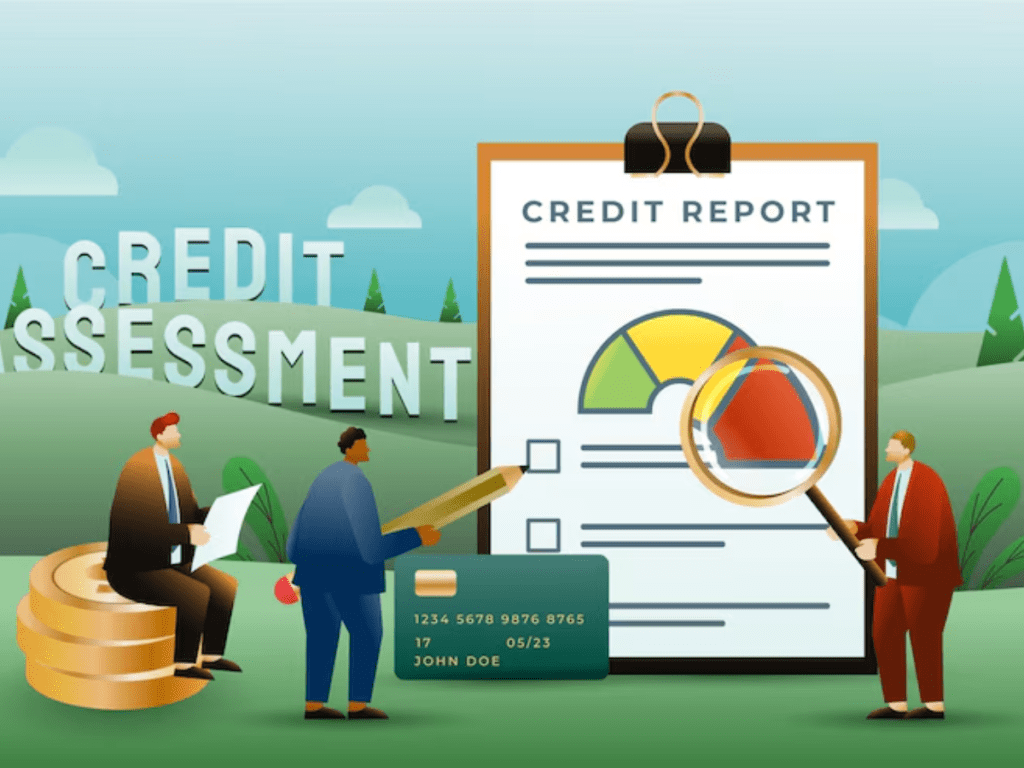Introduction
With the changing world of personal finances the practice of leveraged investing has come into big time attention Leveraged investing is the utilization of borrowed funds in order to elevate the potential return of an investment This is a strategy that is normally under consideration by investors who wish to maximize their returns in either the real estate arena or the stock exchange While the strategy offers fast and bigger returns it also naturally comes with amplified risk Taking out a loan to invest in these avenues is a serious financial decision that requires a full understanding of both the potential gains and the risks involved Here in this guide we look at the key considerations that investors need to take before going with this strategy
Clarity on Personal Financial Goals and Risk Tolerance
Prior to borrowing for investment purposes individuals first need to consider their financial goals and risk tolerance level Investment goals range broadly across individuals For some it may be long term wealth building for retirement For others passive income generation or reaching financial independence in a specific timeframe Each of these goals fits with the attributes of leveraged investment Risk tolerance is also crucial Borrowing to invest can result in exaggerated losses if the investment goes poorly So highly risk averse investors or those who cannot tolerate the potential loss of money should exercise extreme caution or consider otherwise entirely A self assessment or seeking the assistance of a financial advisor is necessary to ascertain suitability for this strategy
The Argument for Utilizing Real Estate Investments
Real property has historically been a solid and profitable class of investment The use of a mortgage to leverage purchasing property enables investors to own a high-value asset with a comparatively low initial cash outlay One of the most attractive advantages of utilizing loans in real property investing is the possibility of cash flow Rental properties have the ability to produce regular monthly cash flows which can be utilized to make mortgage payments and still achieve positive cash returns in the long term Furthermore real property generally increases in value over time allowing investors to accumulate equity without necessarily selling the asset Another positive is the variety of tax benefits real property investors can take advantage of such as mortgage interest deductions depreciation and property tax write-offs These considerations all make real property an advantageous asset to leverage when properly managed
Risks of Real Estate Borrowing
Although attractive borrowing to invest in property is not risk-free The market value of property is vulnerable to trends and cycles of the economy Slumps in the housing market can bring a severe loss of value in the property which can leave the investor indebted more than the property is worth This is particularly daunting when mortgage payments are fixed, irrespective of the market What is more rental returns are not always assured Vacancies troublesome tenants or local downturns can yield rental returns lower than expected If these returns are called for to service loans, the investor can be placed in financial distress Additionally property entails continuing maintenance management, and sometimes legal complications such as tenants’ disputes and compliance with regulations These added responsibilities are added complexity and expense, which need to be included in any risk calculation
Chances of Using Loans in Stock Market Investment
The stock market also provides another option for leveraged investment in the form of using margin trading It means borrowing money from a brokerage to buy securities thus expanding exposure to the market and the prospect of returns The major benefit of applying leverage to the stock market is its liquidity and simplicity in diversification Investors are able to distribute borrowed money into various stocks industries or even global markets which diminishes exposure to the risk of individual assets Further the stock market presents the prospect of fast capital growth particularly in a bull market Dividend paying stocks also present income possibilities which can serve to partially reduce interest charges on borrowed money In some instances such returns can more than cover the cost of borrowing particularly when investments are made at strategic times
The Volatile Nature of Margin Investing
But margin investing is risky by nature because of the volatility of equity markets Stock prices can move sharply within short periods and declines in asset value are amplified where leverage is used This can create a margin call situation where the brokerage asks the investor to infuse more funds or close positions to finance expected losses If the investor fails to satisfy the margin call they might be compelled to liquidate assets at a loss This type of forced selling usually happens at the most inopportune moment aggravating the financial loss Additionally interest on margin loans can snowball and cut into overall return on investment In certain market conditions like during financial crises or steep corrections leveraged investors may incur catastrophic losses that far surpass their original investment capital
Real Estate vs. Stock Market Leverage
A comparison of real estate and stock market leverage brings out the inherent differences in risk structure asset behavior and income potential Real estate tends to be less volatile and more stable in the short term but needs active management and high transaction costs It involves long term commitment but provides tangible assets that can be rented developed or refinanced On the other hand the stock market provides more flexibility and entry and exit speed but is more subject to market sentiment and macroeconomic shifts Stocks are also simpler to diversify within a portfolio which can eliminate specific asset risks Each method has its use depending on the investor’s profile and goals Those who seek regular income and long term value appreciation might favor real estate while those willing to accept volatility and seek capital gains may use equities
Importance of Loan Structure and Interest Rates
The success of leveraged investing is directly dependent on the loan terms used Different loans have different interest rates repayment schedules and terms For loans for real estate mortgage rates can be fixed or floating with terms that last for decades offering predictability in the long term Margin loans, on the other hand, usually have floating interest rates that are determined by the broker’s policy or market rates High interest can easily consume profit margins, making it important to secure the most lucrative terms available In addition, investors need to look at the loan to value ratio available grace periods balloon payments or any subsidised charges for borrowing Each of these factors is important in the financial viability of the investment
Impact of Market Cycles on Leveraged Investment
Leveraged investing is very sensitive to the stage of the market cycle Investing at the top of the cycle raises the risk of losses when the cycle turns aside Conversely investing during a recession or early stage recovery can provide great returns However market direction and timing is notoriously hard to forecast Even seasoned investors find market timing challenging so it is imperative to possess a strategy that is robust to various economic conditions For instance the value of real estate can decline in the course of a recession on both property appreciation and rental demand Likewise a stock market correction can substantially deplete the value of leveraged stock holdings subjecting the investor to margin calls and liquidity stress
Diversification and Risk Management Strategies
One of the best ways to reduce risk when using debt to invest is diversification Diversification minimizes the dependence on any one asset for performance In real estate this could be owning properties in various locations or of various types such as residential commercial or holiday rentals In the stock market it involves dividing investments into sectors asset classes and geographic areas A diversified portfolio is less susceptible to the failure of any one investment or market event Risk management techniques like placing stop loss orders having reserves of cash and periodic review of portfolios also assist with controlling the potential negatives of leverage Safety first is not an option when debt is used
Legal and Regulatory Compliance Implications
Investing with borrowed funds should also be done keeping in mind well-defined legal and regulatory environments In real estate this involves adhering to local housing regulations property taxes and landlord tenant laws Failure to comply can attract fines legal cases or forced selling In the share market margin trading rules are strict and differ depending on the country or broker Brokers can sell securities in the account without the investor’s approval under specific conditions such as margin deficiencies Investors need to be very well aware of the rules regulating their investment behavior Familiarity with these regulations prevents legal problems and safeguards the investment
Psychological Consequence of Leveraging
Leveraged investing is not just a financial choice but an emotional one The utilization of borrowed money creates pressure that has the potential to influence investor actions The fear of loss can lead to emotional choices like panic selling or discarding long term approaches during short term market fluctuations This emotional tension can be overwhelming particularly if the investment starts to perform poorly or if debt commitments escalate High leverage exaggerates every financial result and has the potential to induce stress anxiety and even irrational behavior Emotional self control and the capacity to remain calm during market volatility are vital to success Investors need to make sure they are mentally ready to manage the obligation and pressure associated with leveraging

